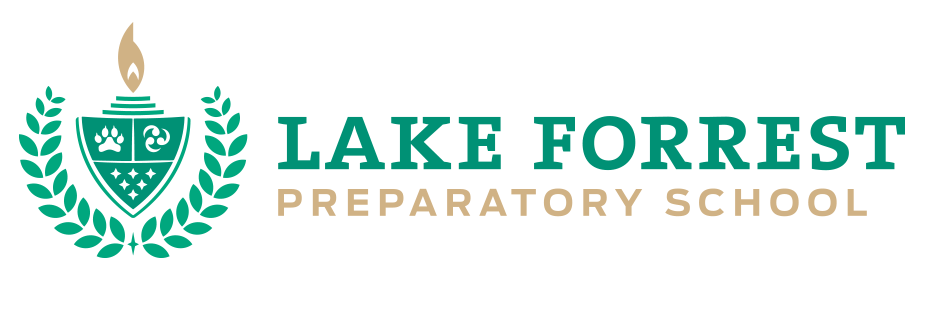Every year, the National Association of Independent Schools (NAIS) selects a number of teaching trends to track. For 2014-15, NAIS, a nonprofit membership association that advocates on behalf of its 1,700 independent private schools and educational organizations, chose four themes they consider “priority interests.” While the trends will undoubtedly continue for years to come, these four will be scrutinized and analyzed closely within the coming school year.
Online learning grows more prevalent every year. Initially used as a tool for homebound students, computer-based learning is now the preferred method of instruction for millions. Many teachers believe students learn specific concepts more thoroughly in the classroom, and believe a blend of online and in-class learning is key. The first trend for the coming school year is blended and online learning, how to incorporate these models into school systems, and what benefits they will provide.
Ask any teacher what his or her main focus is while in the classroom, and the answer may surprise you. While teaching is the fundamental goal, it cannot occur unless the learner is prepared to absorb information. For this reason, most teachers realize the health and well-being of every student must be assessed, and any shortcomings addressed. Once the basic needs of students are met, learning can proceed. NAIS’s second trend is student health and well-being, which will examine how teachers are assisting students in becoming more well-rounded, happier, healthier, more caring, more emotionally balanced, and more capable to take on the world’s challenges.
In order to understand testing, it is necessary to define learning. How and when learning occurs establishes the role of assessment. Not every child’s success can be measured by a multiple-choice test at the end of the semester. Student assessment trends include determining current and developing assessment instruments, how successful they are in improving student learning and excellence in teaching, examining how the data is used to assess effectiveness, and whether results are communicated with teachers, staff, and others in the teaching community.
The last trend focuses on accreditation and whether the current models enhance the curriculum and overall student learning. Reviewing an Orlando school via site visits and reports should provide feedback to measure teacher quality and student learning while providing room for innovative instruction and support for teachers.
These trends give a broad overview of challenges private and independent schools will face in the coming year. Of the four highlighted, which area do you believe should receive the most focus? Do you believe other trends deserve more focus than these? Weigh in on your choice–we would love to read your opinion!

